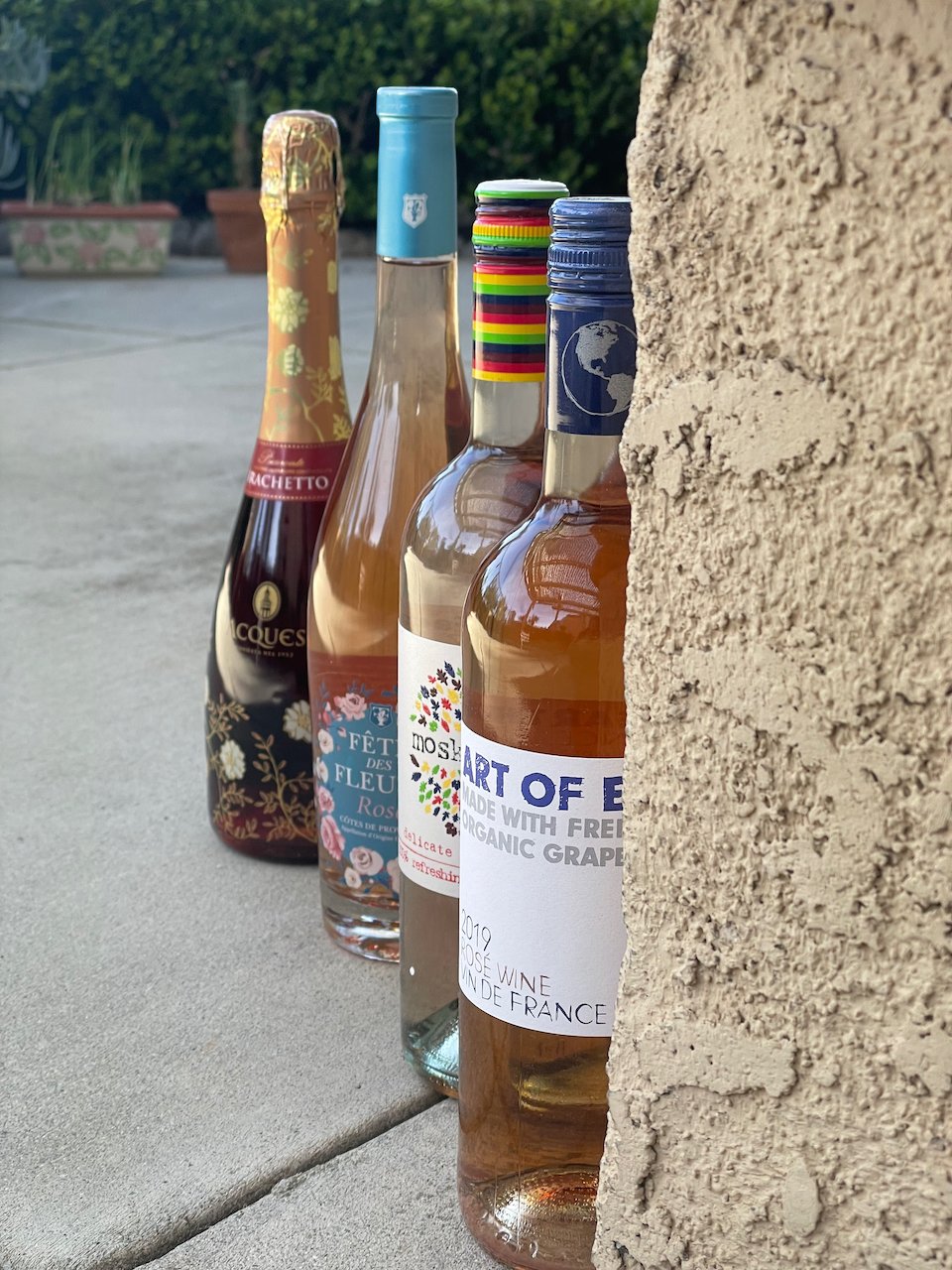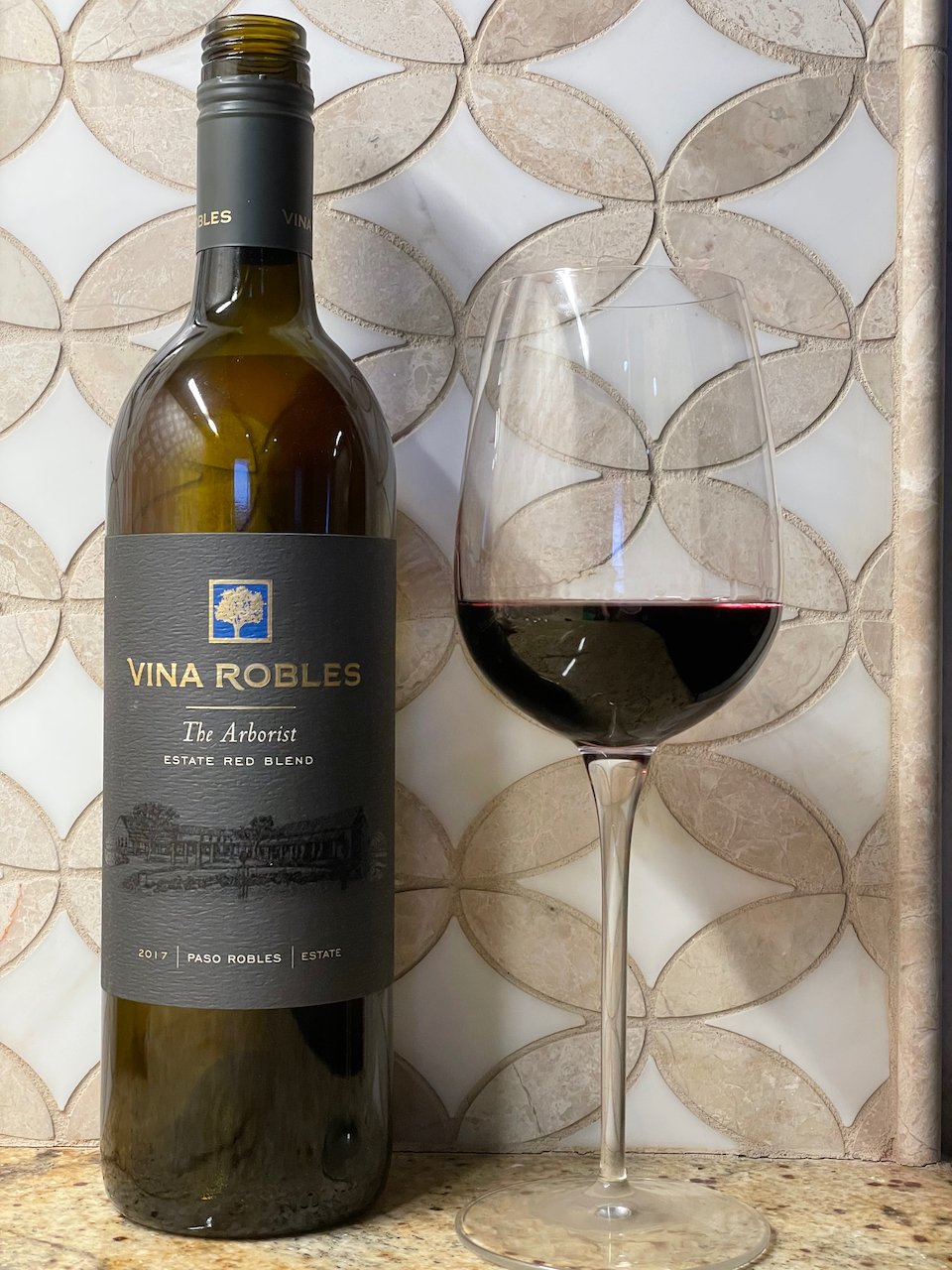2018 Sinegal Napa Cabernet Sauvignon ($79)
I recently had the opportunity to share a bottle of Sinegal Napa Cabernet Sauvignon. And, Wow, this one is amazing! Even at it’s young age.
Sinegal Estate is a family-owned winery in Napa that is situated on a 30-acre property. The winery was originally known as the Inglewood Estate in the late 1800s. The Sinegal family purchased the property in 2013 and fully renovated it.
This 2018 Sinegal Cabernet Sauvignon is actually a blend of 84% Cabernet Sauvignon, 6% Cabernet Franc, 4% Malbec, 3% Petit Verdot and 3% Merlot.
It was fermented in 90% stainless steel and 10% oak tanks then aged for 20 months in 85% new French oak barrels. And, this new oak helped create this terrific wine.
This Cab is inky deep dark purple in color with rich dark fruit aromas. On the palate it has concentrated flavors of black cherry, dark red fruit and dark chocolate. The tannin in this wine is moderate and finishes beautifully.
This 2018 Sinegal Cabernet Sauvignon is a splurge treat that’s well worth it! Cheers!




